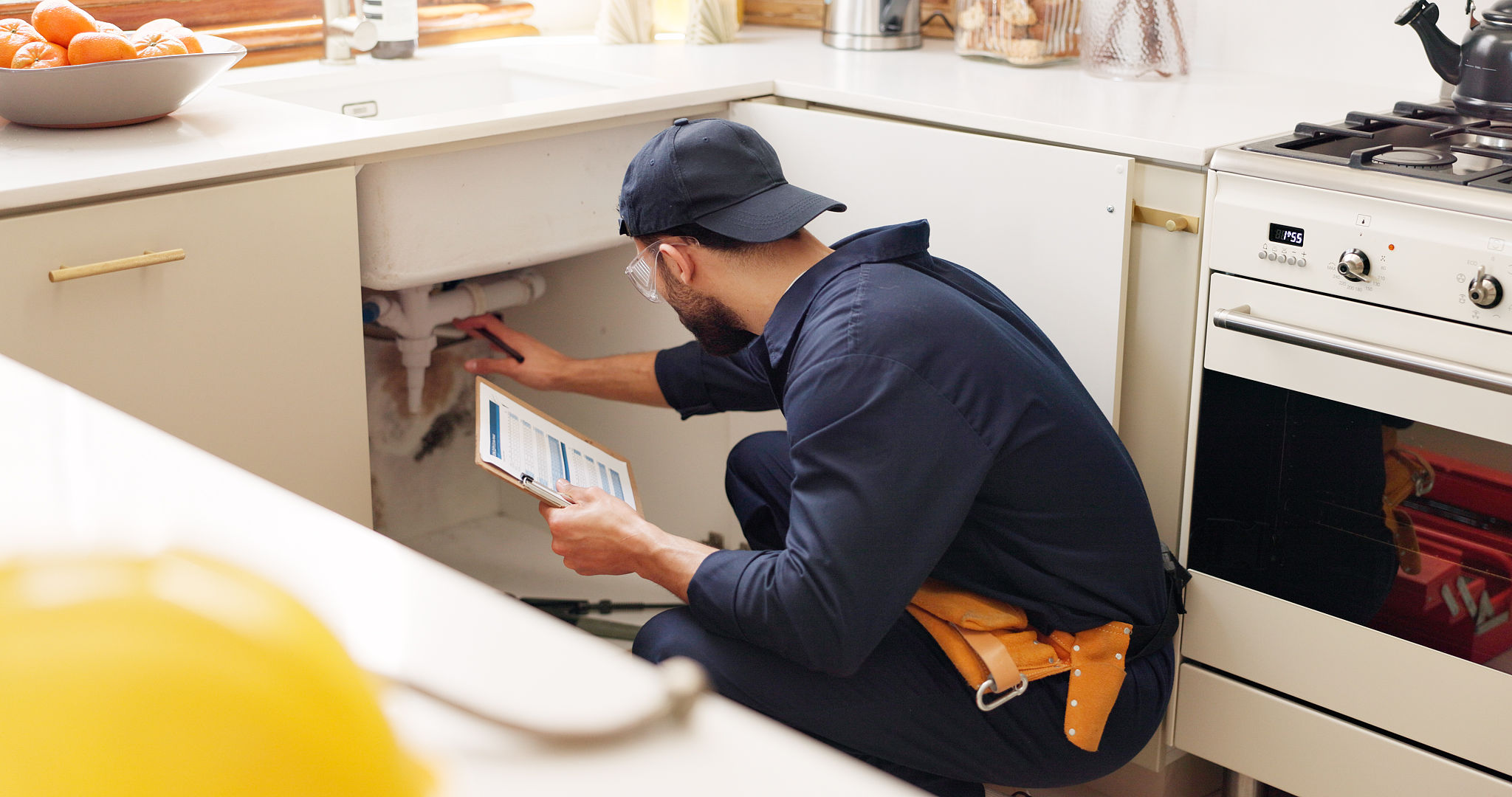Common Safety Myths Debunked: Insights from Western Montana Experts
Common Safety Myths: What You Need to Know
When it comes to safety, many of us rely on information passed down through generations or what we hear from friends and family. However, not everything we believe about safety is accurate. In this post, we explore some common safety myths and provide insights from experts in Western Montana to help you stay informed and safe.

Myth #1: "It's Safe to Stand Near a Window During a Storm"
Many believe that standing near a window during a storm allows them to watch the unfolding drama from the comfort of their home. However, experts caution against this. Windows can shatter due to high winds or flying debris, posing a significant risk of injury. Instead, it's best to stay away from windows and find shelter in a more secure part of your home.
In Western Montana, where severe weather can occur unexpectedly, it's particularly important to heed this advice. Install storm shutters if possible, or at least ensure your windows are properly reinforced.
Myth #2: "You Should Never Touch a Wound"
Another common misconception is that touching a wound will always make it worse. While it's true that you should avoid contaminating a wound with dirt or bacteria, proper cleaning and care are crucial for preventing infection. Washing your hands thoroughly before attending to a wound is the key.

According to local medical professionals, gently cleaning the wound with soap and water and applying a sterile bandage is an effective way to promote healing. Avoid using alcohol or hydrogen peroxide as they can damage tissue and delay recovery.
Myth #3: "Bears Only Attack When Provoked"
Western Montana is home to a diverse range of wildlife, including bears. A widespread myth is that bears only attack humans when provoked. In reality, bears may act aggressively for various reasons, including protecting their cubs or food sources.
Experts advise hikers and campers to carry bear spray and make noise while traveling through bear habitats to avoid surprise encounters. Understanding bear behavior and respecting their space is crucial for safety.

Myth #4: "You Can Outrun a Wildfire"
With wildfires posing a significant threat in many parts of Western Montana, it's vital to dispel the myth that you can outrun a wildfire. Wildfires can move at incredible speeds, often faster than a person can run. Evacuation orders should be taken seriously and followed promptly.
Local fire departments recommend creating an emergency plan and having an evacuation kit ready at all times. Staying informed about fire conditions in your area can also help you act quickly in an emergency.
Myth #5: "Carbon Monoxide Detectors Are Not Necessary"
Some homeowners believe that carbon monoxide detectors are an unnecessary expense. However, carbon monoxide is a colorless, odorless gas that can be deadly. Without detectors, you could be unaware of its presence until it's too late.

Western Montana safety experts emphasize the importance of installing carbon monoxide detectors in your home, particularly near sleeping areas. Regularly checking the batteries and ensuring the detectors are functioning properly can save lives.
In conclusion, understanding the facts about safety can make a significant difference in preventing accidents and injuries. By debunking these myths and listening to expert advice, you can protect yourself and your loved ones. Stay informed, stay prepared, and stay safe!
